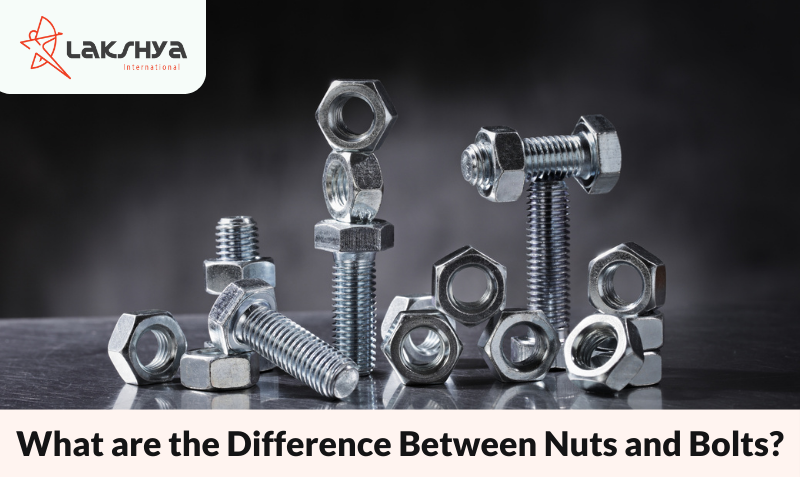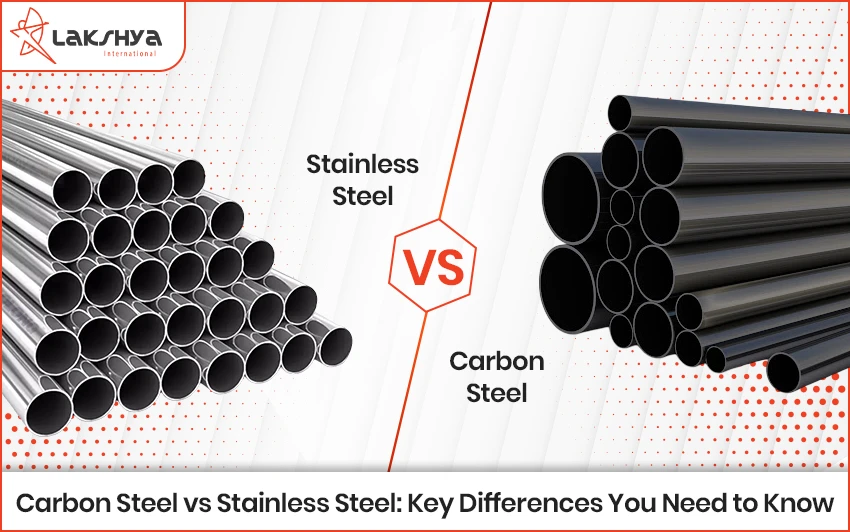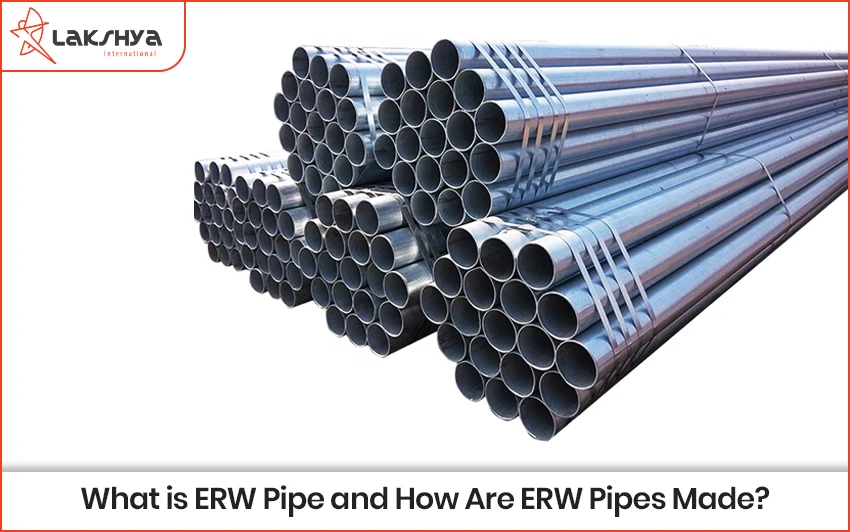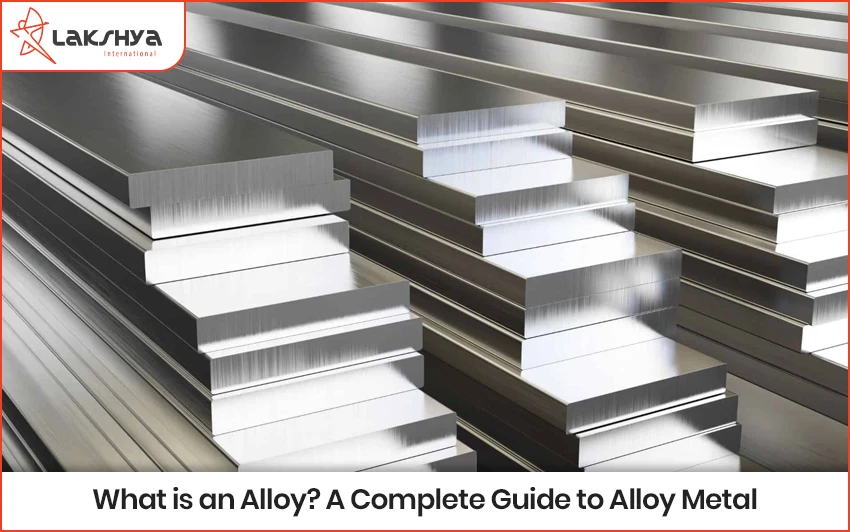Explore the world of fasteners with our detailed guide on the difference between nuts and bolts. While nuts and bolts are the most common fasteners used across various industries, including manufacturing, automotive, and agriculture, there are other essential fasteners like nails, anchors, and rivets that play crucial roles. Understanding the bolt and nut difference is most important, as they form the backbone of countless structures and machinery. Nuts are internally threaded fasteners, featuring spiral grooves for a secure grip and easy removal. In contrast, bolts are externally threaded with spherical stems and heads for a secure connection. They are used to hold two or more objects together by creating a strong and durable connection. Nuts and Bolts are available in a wide variety of sizes, materials, and finishes to meet the needs of any application.
What is nut and bolt?
Nuts and bolts are essential for secure fastening. Nuts align with bolts’ threads to prevent loosening from vibrations or external forces. Types include hexagonal, round-headed, square-headed, U-nuts, castle nuts, lock washers, and jam nuts. Bolts, with threads along their length and a head, create sturdy connections. Varieties like carriage bolts, lag screws, hex cap screws, and eye bolts cater to specific tasks, showcasing their versatility in various industries.
Types of Nuts and Bolts:
Nuts
- Standard hex nuts are hexagonal in shape with internal threads, making them versatile for various applications.
- Lock nuts come with a built-in locking mechanism to prevent loosening caused by vibrations or torque.
- Wing nuts feature two large, flat wings for easy hand tightening and removal, ideal for quick adjustments.
- Cap nuts have a domed cap that covers the exposed end of a bolt, giving a polished and finished appearance to the assembly.
Bolts
- Hex bolts have a hexagonal head and threaded shaft, commonly used in construction machinery for secure fastening.
- Carriage bolts have a smooth, rounded head and a square shoulder beneath, making them suitable for fastening wood to metal with a neat finish.
- Machine bolts come with either a flat or domed head and threaded shaft, perfect for assembling machinery and equipment.
- Lag bolts are heavy-duty with coarse threads and a hexagonal head, often used for attaching wood to wood or wood to metal securely.
Key differences between nuts and bolts:
| Nuts | Bolts |
| Nuts are fasteners used with bolts. | Bolts are solid cylindrical fasteners used with nuts. |
| Nuts are hollow circular cylinders with a circular cross-section. | Bolts are solid cylinders with a circular cross-section. |
| Nuts are used as fasteners in conjunction with bolts. | Bolts are used with nuts to fasten things together. |
| Nuts are usually made of carbon steel coated with zinc. | Bolts are generally made of high-grade steel with a large percentage of nickel and chrome. |
| Nuts do not have a head. | Bolts have a threaded cylindrical stem with a head. |
| Nuts experience compressive forces and usually fail due to compressive stresses. | Bolts experience tensile forces and fail due to tensile stresses. |
| Types of nuts include Hex Nut, Nylon Insert Lock Nut, Jam Nut, Square Nut, Wingnut, Flange Nut, etc. | Types of bolts include Anchor Bolt, Carriage Bolt, Hexagon Bolt, Lag Bolt, U-Bolt, J-Bolt, etc. |
| Nuts are small metal objects with a threaded hole. | Bolts have a threaded cylindrical stem with a head. |
| Variety of nuts include T-Nut, Castle Nut, Wingnut, etc. | Variety of bolts include Toggle Bolt, U-Bolt, Lag Bolt, J-Bolt, etc. |
| Nuts experience compressive forces. | Bolts experience tensile forces. |
| Nuts have internal threads. | Bolts have external threads. |
| Nuts are smaller in size than bolts. | Bolts are larger in size than nuts. |
| Nuts have a locking mechanism to prevent loosening. | Bolts do not have a locking mechanism. |
Nut & Bolt Difference In Terms of Design & Structure :
- Thread type: Nuts and bolts have opposite thread types. Nuts have internal threads, while bolts have external threads. This allows the nut to be screwed onto the bolt and create a tight connection.
- Head type: Nuts and bolts come in a variety of head types, such as hexagonal, square, and wing. The head type determines how the nut or bolt is tightened or loosened.
- Shank type: The shank is the threaded portion of the bolt. Bolts can have full threads or partial threads. Full threads are stronger, but partial threads are easier to install.
- Material: Nuts and bolts are typically made of steel, stainless steel, brass, or bronze. The material of the nut or bolt will depend on the application and the environment in which it will be used.
Nuts vs Bolts: Functions Difference
- How they are used to fasten objects together: Nuts and bolts are used to fasten objects together by creating a clamping force. The nut is tightened onto the bolt, which creates a force that squeezes the objects together.
- How they are tightened and loosened: Nuts and bolts are tightened and loosened using a variety of tools, such as wrenches, sockets, and screwdrivers. The type of tool used will depend on the head type of the nut or bolt.
- Their strength and durability characteristics: Nuts and bolts are very strong and durable fasteners. The strength and durability of a nut or bolt will depend on its material, size, and thread type.
Nuts and Bolts Applications:
Bolts and nuts are used in a wide variety of applications, including construction, manufacturing, and automotive repair. They are also used in everyday items, such as furniture and appliances. Here are some examples of when to use bolts and nuts:
- Construction: Bolts and nuts are used to connect structural members in buildings and other structures. They are also used to fasten roofing and siding materials.
- Manufacturing: Bolts and nuts are used to assemble machinery and other manufactured goods. They are also used to fasten components to electronic devices and other products.
- Automotive repair: Bolts and nuts are used to fasten engine components, suspension parts, and other automotive components.
- Everyday items: Bolts and nuts are used to assemble furniture, appliances, and other everyday items.
Conclusion:
Understanding the difference between bolts and nuts is crucial for choosing the right fastener for your requirements. Bolts are characterized by their external threads, whereas nuts have internal threading patterns that align with specific bolt sizes. When used together, bolts and nuts create a robust connection that can endure vibrations and external forces. Selecting the appropriate fastener ensures smooth project execution without any complications.
Frequently Asked Questions:
What is stronger, a nut or a bolt?
What is the difference between a bolt and a stud nut?
Purpose: Bolts thread into a single component, while stud bolts connect two components with nuts on each end.




